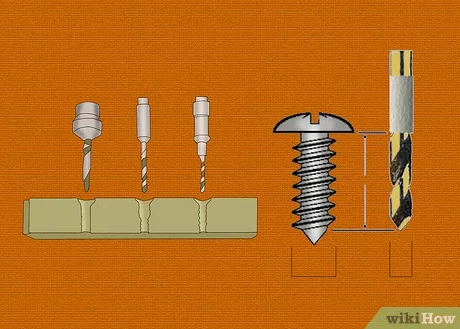4 Ways to Find the Inverse of a 3×3 Matrix

Introduction:
In linear algebra, finding the inverse of a matrix is an essential operation used in numerous calculations. The inverse of a 3×3 matrix, if it exists, can be found using various methods. In this article, we will explore four popular methods for finding the inverse of a 3×3 matrix: the Gaussian elimination method, the cramers rule method, the determinant-cofactor method, and the adjugate method.
1. Gaussian Elimination Method:
The Gaussian elimination method involves performing row operations on both sides of the equation AX = I, where A is the original matrix and I is the identity matrix of the same order. Through series of Elementary Row Operations (ERO) such as row swapping, row addition or subtraction, and scalar multiplication, transform the given matrix to its echelon or row-reduced echelon form. Ultimately, you should reach an equation BX = I’, where B is the inverse matrix and I’ is the new identity matrix.
2. Cramers Rule Method:
Cramer’s Rule makes use of determinants to find the inverse matrix. The formula for finding the inverse using Cramer’s Rule is A^(-1) = adj(A)/|A|. To apply this method, first find the determinant |A| of the original matrix. If it’s non-zero, you can proceed with finding its adjoint or adjugate. Replace each entry in the original matrix with its corresponding cofactor and transpose this new cofactor filled matrix to obtain its adjugate. Finally, divide each term in adj(A) by |A| to find A^(-1).
3. Determinant-Cofactor Method:
Similar to Cramer’s Rule, this method starts by finding |A|. If it’s non-zero


